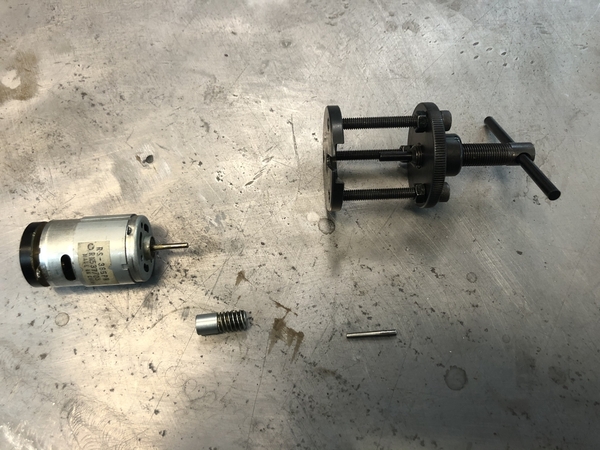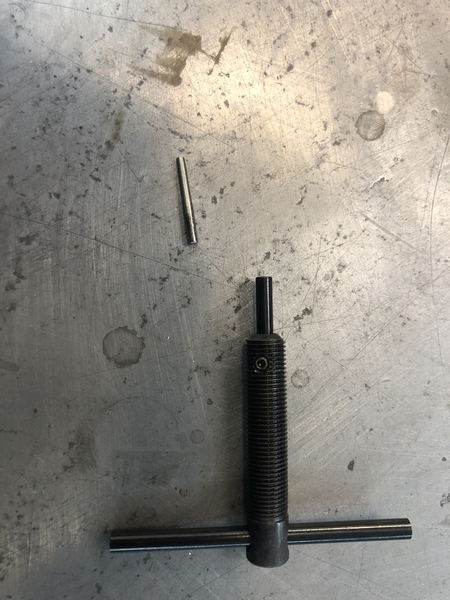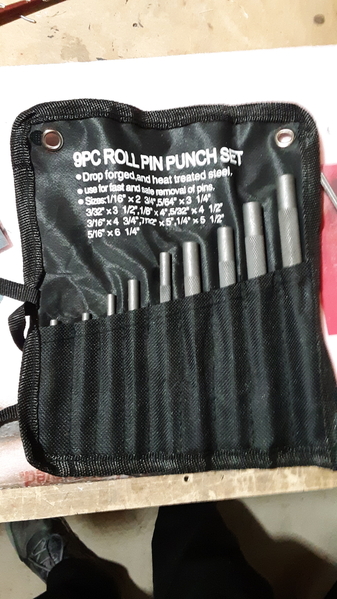Does anyone have a way of getting the worm gear off of an old motor ? I've tried heat and the small gear Removeal and al, that did was bend both ends of the tool, I've gotten a new motor to work and got the flywheel switched over and all that works fine but without the correct gear on it none of the rest does much good, I have someone trying to make one on a 3D printer so we will see how that works but I wanted to see if anyone has a sure fire way of getting the worm gears off the shafts,
Thanks


















